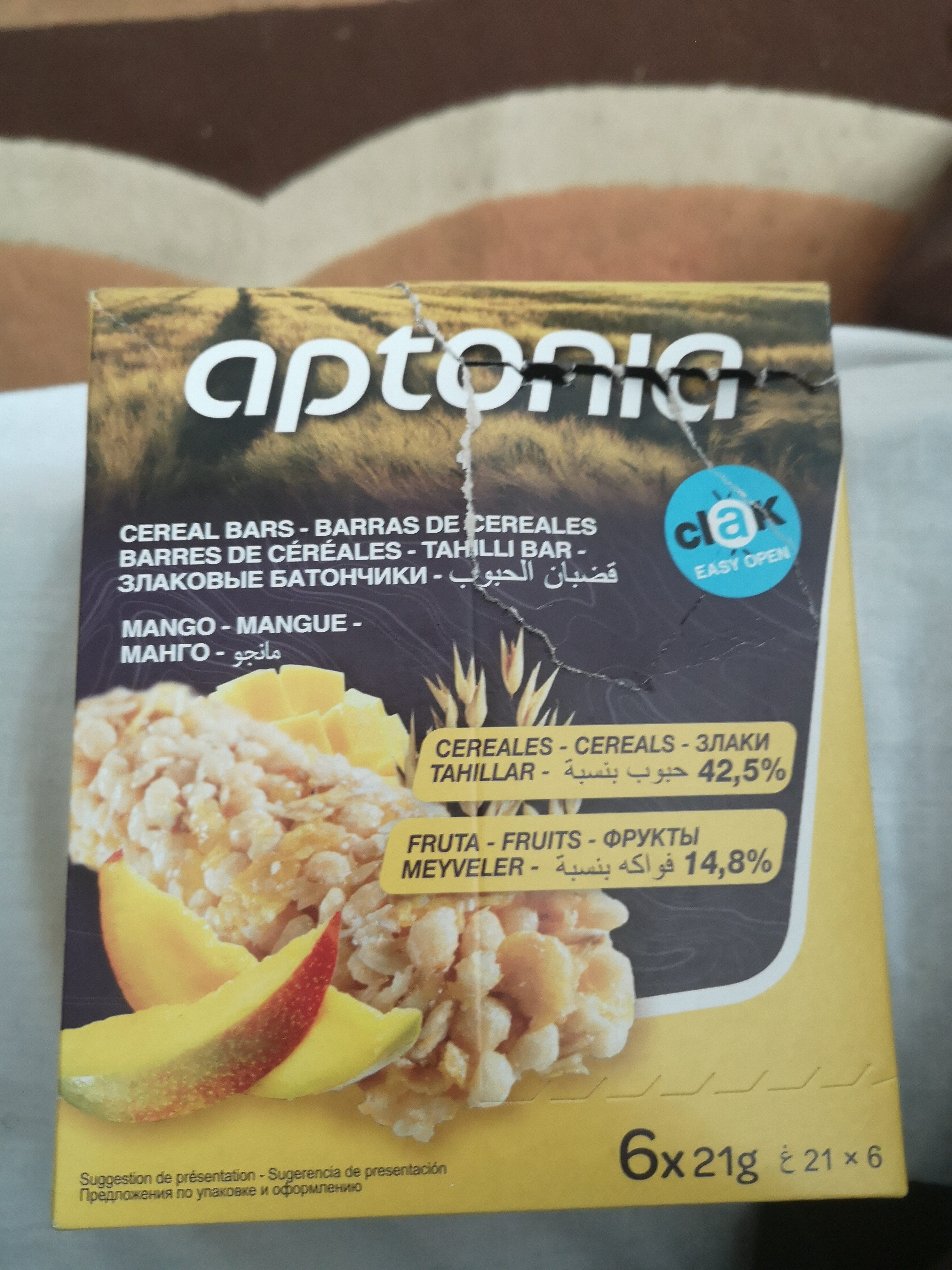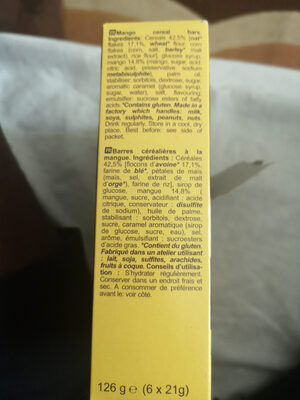aptonia - 126g
This product page is not complete. You can help to complete it by editing it and adding more data from the photos we have, or by taking more photos using the app for Android or iPhone/iPad. Thank you!
×
Barcode: 3583788316138 (EAN / EAN-13)
Quantity: 126g
Packaging: Paper
Brands: Aptonia
Categories: fr:Bars cerealés
Origin of ingredients: Spain
Manufacturing or processing places: Espagne
Stores: décathlon Maroc
Countries where sold: Morocco
Matching with your preferences
Environment
Packaging
Transportation
Threatened species
Report a problem
Data sources
Product added on by openfoodfacts-contributors
Last edit of product page on by packbot.
If the data is incomplete or incorrect, you can complete or correct it by editing this page.










